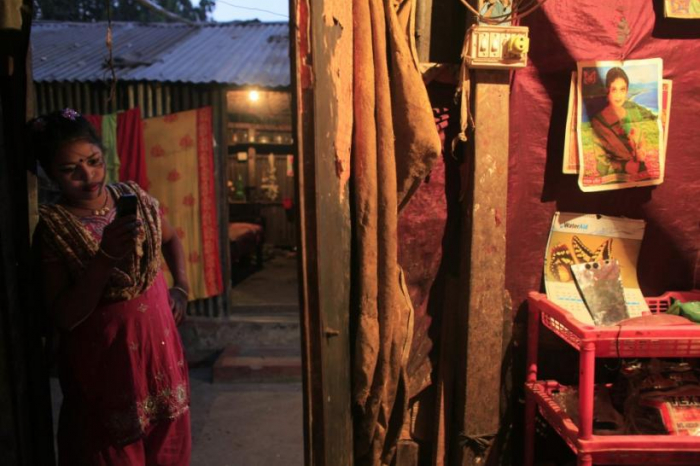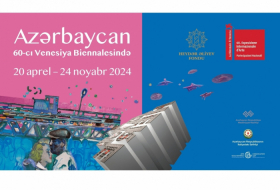A high number of human trafficking cases was recorded during 2016 covering the cases says the report “Global Report On Trafficking In Persons” 2016, released by the United Nations Office on Drugs and Crime (UNODC).
“Victims are trafficked to be used as beggars, for forced or sham marriages, benefit fraud, production of pornography or for organ removal, to mention some of the forms countries have reported”, the report highlighted.

The figures show that 70 per cent of the total number of detected trafficking victims was females who were forced to labour and sexual exploitation between 2012 and 2014. Children are still the second most commonly trafficking victims after females with about 30 per cent. There is also an increase in the number of male trafficking victims who are chiefly trafficked for forced labour including children. Organ removal was only detected in 10 countries while nearly every country in the world detected victims who were trafficked for sexual exploitation and forced labour.
In most cases, victims share the same ethnic background and speak the same language with their traffickers. Also, gender plays a very important role in involving victims. However, males have made up the majority of convicted offenders nearly in all regions while 55 per cent of the offenders is female in Eastern Europe and Central Asia.
According to the report, almost all countries in North and Central America, East Asia, the Pacific, North Africa, Middle East and Western and Central Europe “had enacted a specific trafficking in persons offence with a definition of trafficking in compliance with the UN Trafficking in Persons Protocol definition by the end of 2012”. The report also stated that although Colombia has had trafficking in persons offence in the penal code since 2002, other South American countries have not criminalized all forms of trafficking.
“From 2012-2014, more than 500 different trafficking flows were detected and countries in Western and Southern Europe detected victims of 137 different citizenships”, said Yury Fedotov, Executive Director of the UNODC expressing regret at the low conviction rate.
The report highlights rich countries in Europe, the Middle East and North America as the key destinations for the trafficking. The governments are now able to detect the trafficking victims by the help of the above-mentioned legal framework. However, there is a mismatch between the number of detected victims and conflicted offenders as it is difficult to find data on all trafficking flows.
The increase in the number of migrants and refugees also contributes to the rise in the number of human trafficking victims. They can easily become a trafficking victim while travelling through conflict areas. Also, armed groups tend to traffick women and girls for marriages and sexual slavery and men and boys for forced labour such as soldiers and slaves to the conflict-affected countries such as Syria.
More about: UN human-trafficking
















































